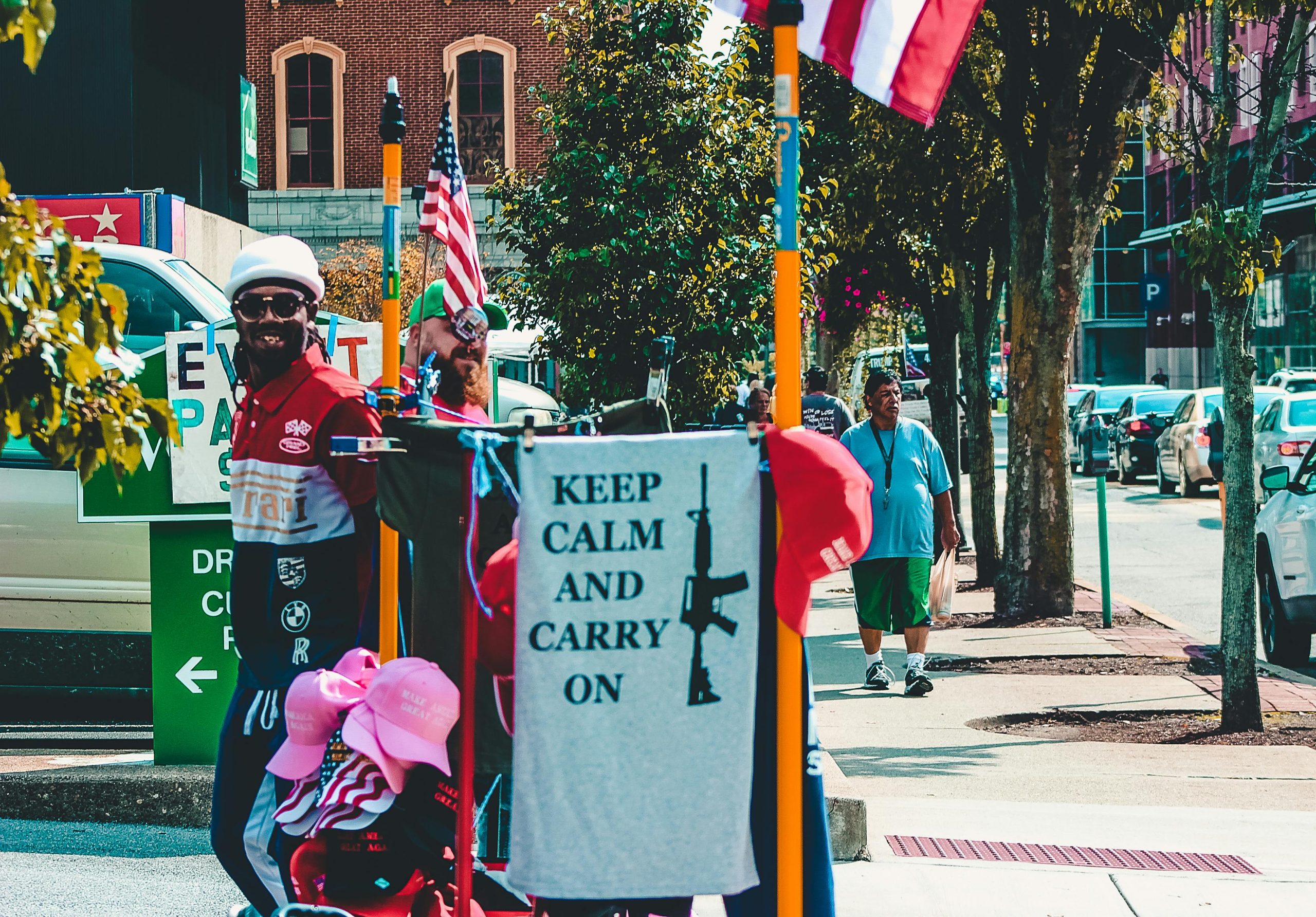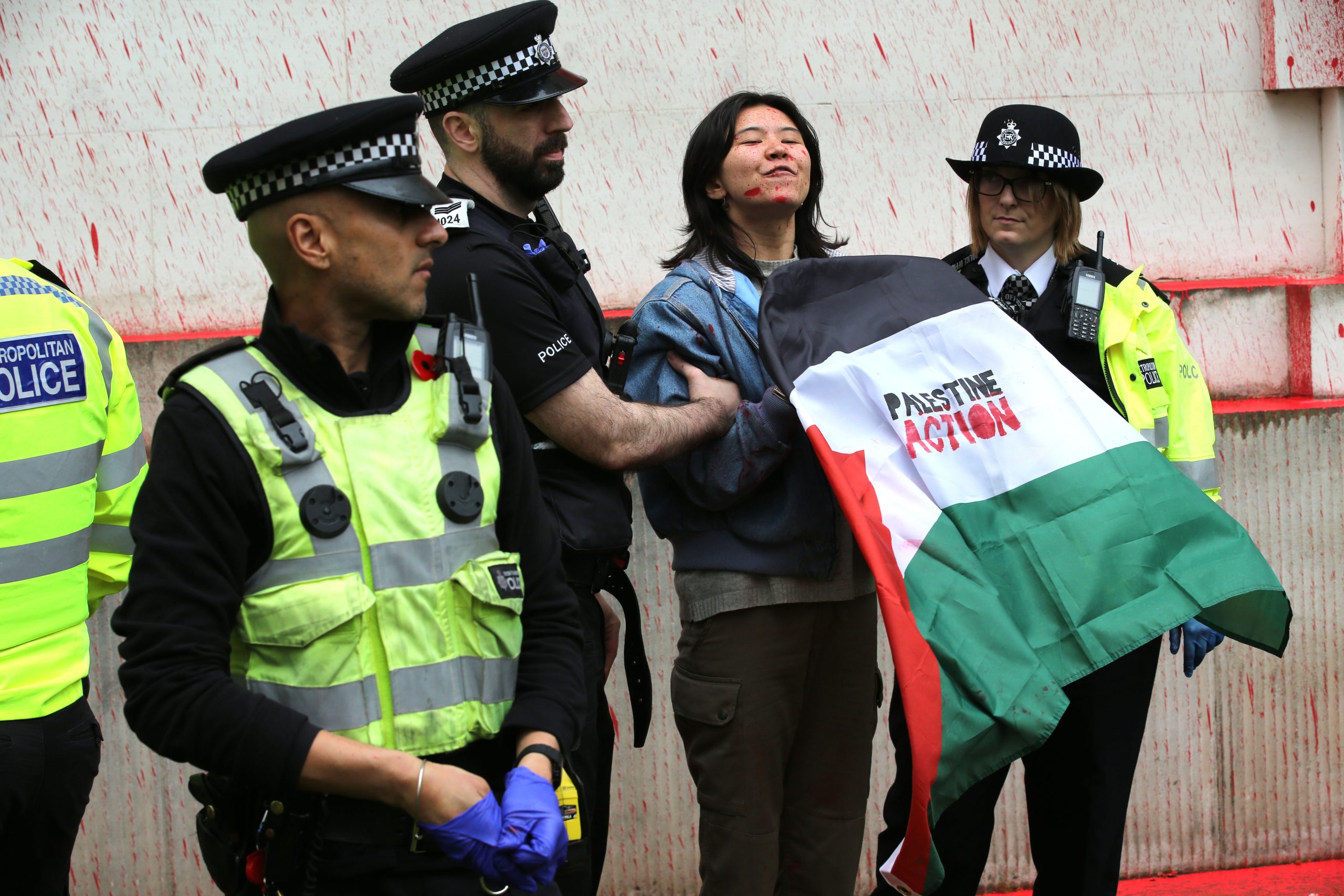The surreal circus of the arrest of Julian Assange is a show trial for investigative journalism across the world. The open and subsequent torture of this publisher for the betrayal of his source illustrates the open aggression towards journalism and could not have been achieved without the complicity of the news media.
Their silence in the face of tyranny is a death sentence for all of us.
“Coming of age in a fascist police state will not be a barrel of fun for anybody, much less people like me, who are not inclined to suffer Nazi’s gladly and feel only contempt for the cowardly flag suckers who would gladly give up their outdated freedoms to live for the mess of pottage they have been conned into believing is freedom from fear.” – Hunter S. Thompson
As Namir Noor-Eldeen walked through the streets of Baghdad, he was unaware that he was being watched through the machine gun sights of a U.S. Apache helicopter. A war photographer by trade, Namir was naturally alert to danger but walking through the streets with two of his colleagues, he could not hear the American voices from above.
The voices were discussing whether or not to tear apart the flesh of the 22-year-old photojournalist with pieces of lead fired at high velocity. Despite the macabre setting, the U.S. Soldiers were keen to get started. They claimed Namir’s camera was an assault rifle, that he posed a threat and had to be liquidated.
Namir continued to walk, unaware of the radio. Time slows and the dust rises around the journalist as his legs and thrown into the air in a hail of hot lead.
“Oh yeah!” exclaimed the American pilots, “look at those dead bastards!”
Namir worked for the news agency Reuters and the filming of his execution was hidden and denied to both his employers and his family. The Apache helicopter was brutal in its judgement; it sliced through Namir and his colleagues and then, as a minibus happened to pass by the carnage, it sliced through them too. Its passengers included children on the way to school.
“Shouldn’t bring your children to a war zone,” the Americans reflected, watching the children being pulled out of the wreckage by U.S. soldiers on the ground.
This famous piece of footage, known as Collateral Murder, was released by Wikileaks as part of a massive data leak by whistleblower U.S. Private Manning, that lead to her rearrest in the United States and Assange’s arrest in the United Kingdom, in 2019.
The election of Lenin Moreno in Ecuador lead to the withdrawal of political asylum for Julian Assange, allowing the British police to walk onto the soil of another country and extradite an Australian citizen onto the English pavement, into a waiting van and onwards to the infamous Belmarsh Prison, via Westminster Crown Court.
I arrived at the court shortly after his arrest and already the circus was in town – 100 journalists from news networks, picture agencies and television channels – gathered like bored school children waiting for the bus. We were all waiting for an opportunity to photograph the face of the beast, as his cage was due to leave to the prison.
These pictures would then be published in the very news organisations that had published the leaks in the first place. From the Guardian to the Spiegel, the news media had largely abandoned Assange, despite Wikileaks providing some of their biggest investigative stories over the two decades, including assisting whistleblower Edward Snowden in his exile from the United States.
The farce in Westminster was a fire drill. Like a fire drill, nobody cares. Assange is not a real journalist so his punishment does not effect us.

Suddenly, most of the pack of photographers started running around the corner to see if the beast would be shuttled through another, secret exit. However, it was only a ruse. A rumour, spread by the cream of the photographic press, so that they could get an exclusive shot. This made it more valuable to the agencies.
I wondered how many of these photographers had even heard to Namir Noor-Eldeen. As usual, I felt disgust at being part of the press pack, this gang of politico-paparazzi become a bigger show than the issue they are covering. This was my last story as a press photographer although I did not work for an agency.
It was liquidated years ago, as part of a takeover by Getty Images, who used the secrecy of the Beijing Stock Exchange to destroy its competitors. The pay was shit and the work was humiliating so I thought I might as well go back into investigative journalism. I would still die poor but at least with an element of dignity.
Just a few months after his court case, Assange was visited in Belmarsh Prison by Nils Melzer, Special Rapporteur on Torture for the United Nations, and two medical colleagues, to assess his mental health and treatment at the hands of the British authorities and other third parties.
“The evidence is overwhelmingly clear,” Melzer reported, “Mr Assange has been deliberately exposed, for a period of several years, to progressively severe forms of cruel, inhumane or degrading treatment or punishment, the cumulative effects of which can only be described as psychological torture.”
Melzer listed systematic judicial persecution and arbitrary confinement, as well as isolation, harassment and surveillance at the Ecuadoran Embassy. Most crucially, in the news media, Assange has been subject to collective ridicule, insults and humiliation as well as calls for violence and assassination.
He now faces 175 years in a U.S. Prison for 17 counts of espionage, if he is extradited. It is clear if this happens there is no hope for Assange and there is compelling evidence he will take his own life. He has now been incarcerated at Belmarsh for 19 months
Michael Kofelman, professor of neuropsychology at Kings College, testified at the Old Bailey on the state of Julian Assange’s mental health while in Belmarsh Prison; describing his “intense suicidal preoccupation” and several risk factors. The professor has visited Assange 20 times since his arrest at the embassy and told the Old Bailey that the journalist hears hallucinatory, derogative and persecutory voices in his head.
“The voice are like, ‘You are dust, you are dead, we are coming to get you.’” Kofelman said to the court.
What a terrible silence journalism has imposed on itself. Moving away from the personality politics surrounding Assange, this is about all of us who work in journalism and face torture, persecution or death for exposing the truth.
What we do is a form of power and with that power comes with the responsibility to hold the powerful to account, including ourselves. If journalists remain silent, they are complicit in this organised abuse of the truth and perversion of justice.
Be courageous and look death in the eye. If we want to survive, we must break the silence.
Joe Reynolds
Image: Gun camera footage of the airstrike of 12 July 2007 in Baghdad, showing the deaths of journalists Namir Noor-Eldeen and Saeed Chmagh by a US helicopter.








